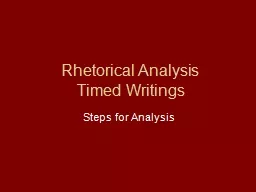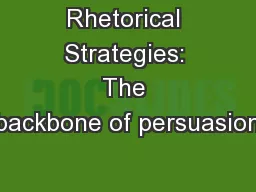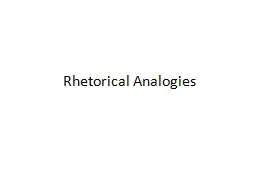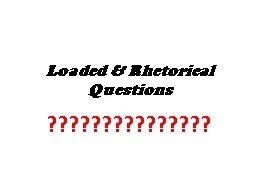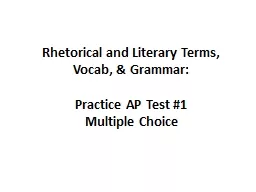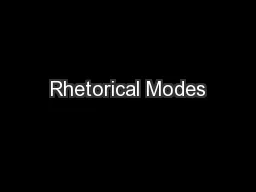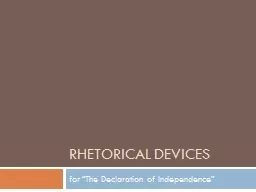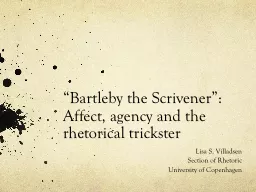PPT-Rhetorical Analysis
Author : liane-varnes | Published Date : 2016-08-14
Timed Writings Steps for Analysis Dissect the prompt Each rhetorical analysis prompt will have two components the rhetorical device aka DIDLS or other component
Presentation Embed Code
Download Presentation
Download Presentation The PPT/PDF document "Rhetorical Analysis" is the property of its rightful owner. Permission is granted to download and print the materials on this website for personal, non-commercial use only, and to display it on your personal computer provided you do not modify the materials and that you retain all copyright notices contained in the materials. By downloading content from our website, you accept the terms of this agreement.
Rhetorical Analysis: Transcript
Download Rules Of Document
"Rhetorical Analysis"The content belongs to its owner. You may download and print it for personal use, without modification, and keep all copyright notices. By downloading, you agree to these terms.
Related Documents

